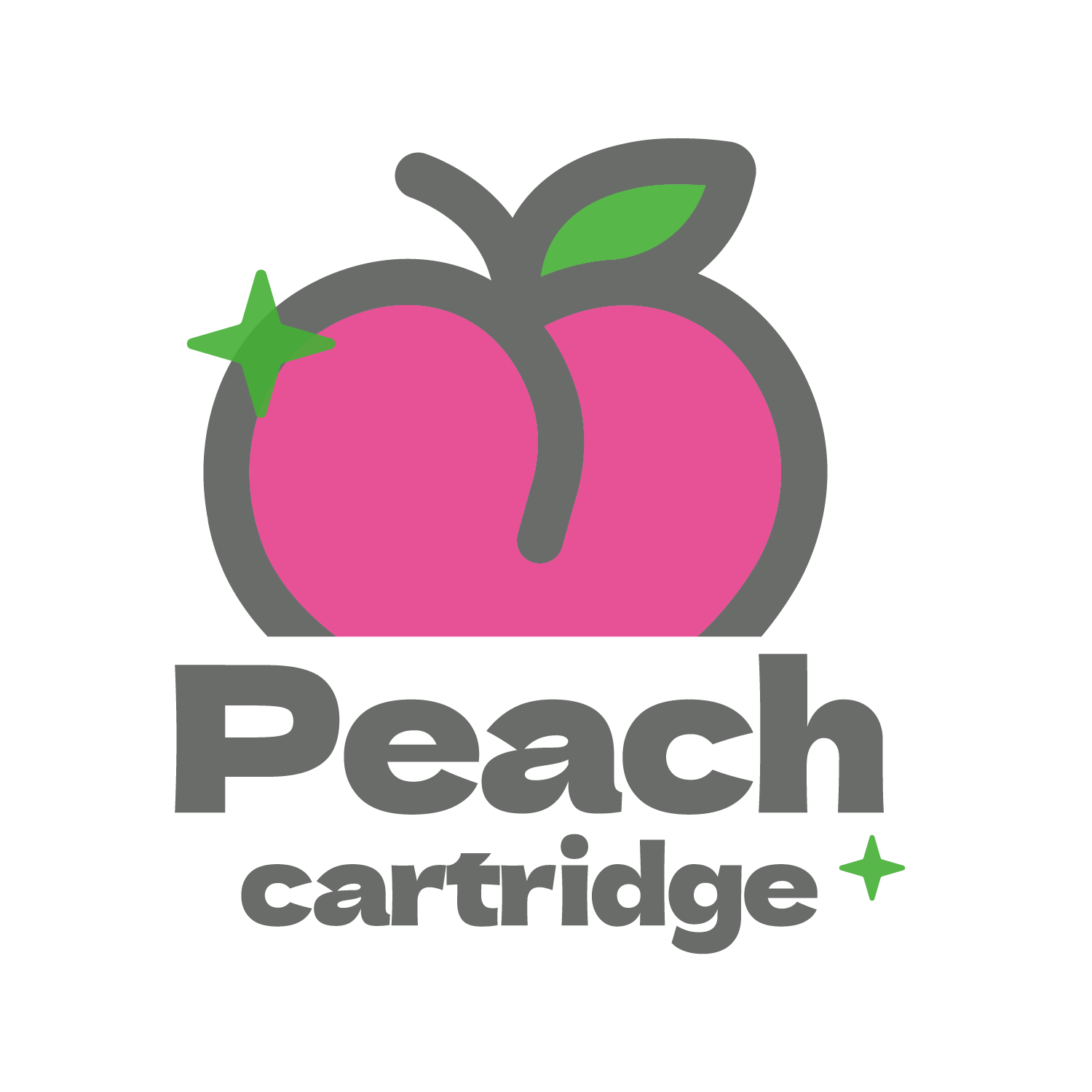A: Components of a 3RL Needle
A 3RL needle consists of two key components: needle diameter and needle configuration.
- Needle Diameter: The thickness of the needles can vary, with 0.25mm, 0.30mm, and 0.35mm being common. The thinner the needle, the finer the line it produces.
- Needle Configuration: In a 3RL needle, three needles are soldered together in a round formation. This design ensures even ink distribution, making it ideal for tight, controlled line work.
B:Single Needle vs. Round Liner Needles
While some artists prefer working with single needles for ultra-fine lines, round liner needles like the 3RL are more versatile and efficient. Single needles can be tricky to master and often require a slower hand, whereas 3RL needles offer precision with more ease and speed. So, if you’re outlining, the 3RL is your go-to.

II: Common Applications of 3RL Needles in Tattooing
A:Line Work and Detailing
The primary use of a 3RL needle is for creating lines and details. Whether you’re outlining the main structure of the tattoo or adding intricate details, the 3RL needle offers a clean, precise result.
B:Traditional Tattoo Styles
Many traditional tattoo artists swear by the 3RL needle for bold, straightforward line work. The consistency of the needle makes it ideal for maintaining the integrity of traditional designs, which often rely heavily on strong outlines.
C:Fine Line Tattooing
For those delicate tattoos with intricate designs, the 3RL needle delivers the fine lines necessary to bring the artwork to life. It’s perfect for creating subtle, detailed designs that demand a lighter touch.
III:Factors to Consider When Using a 3RL Needle
A:Skin Type and Needle Depth
Different skin types react differently to needles. Thicker skin may require deeper penetration, while thinner skin needs a lighter touch. The key to using a 3RL needle effectively lies in finding the right balance.
B:Ink Flow and Saturation
The way ink flows through a 3RL needle will depend on both the machine’s settings and the ink itself. Ensuring a smooth, even flow is critical to achieving clean lines and avoiding any gaps or breaks in the outline.
C:Adjusting Voltage for 3RL Needles
The voltage you use with your machine can make or break your line work. For 3RL needles, it’s crucial to adjust your voltage to maintain consistent speed and pressure. Most artists find success in the 7-9V range, but this can vary depending on the machine and personal technique.
IV:Advantages of Using a 3RL Tattoo Needle
The 3RL needle comes with many benefits that make it a favorite in the industry:
- Superior Line Control: The tight grouping of needles allows for exceptional control and accuracy.
- Versatility: The 3RL needle is suitable for a wide range of styles, from traditional to modern fine line tattoos.
- Precision: You can create incredibly fine, detailed work without sacrificing clarity or sharpness.
A:Disadvantages of Using a 3RL Needle
While the 3RL needle is an excellent choice for many artists, it’s not without its drawbacks:
- Inexperienced Use: Beginners may struggle with consistency, leading to uneven lines or ink blowouts.
- Limited Coverage: The small size means it’s not ideal for filling in large areas quickly
B:3RL Needle vs. Other Needle Types
Compared to 5RL, 7RL, or 9RL needles, the 3RL offers more control and finer lines. Larger needles, such as 9RL, are better for bolder lines, but they may lack the finesse needed for detailed work. It’s essential to know when to switch between needle sizes depending on the demands of your tattoo.
V:Top Brands Offering 3RL Tattoo Needles
When selecting a 3RL needle, you want to go with trusted brands that are known for quality and consistency. Some of the top brands include:
B:PEACH Tattoo Supply’s 3RL Needles
At PEACH Tattoo Supply, we pride ourselves on offering premium-quality 3RL needles that are perfect for professionals. Our needles are designed with precision in mind, ensuring that every line you create is sharp and clean.
C:Maintaining and Caring for Your 3RL Needles
Maintaining your 3RL needles ensures a longer lifespan and better performance.
- Sterilization: Always sterilize your needles before and after each session to prevent infections.
- Storage: Keep your needles in a cool, dry place to maintain their integrity and avoid corrosion.
VI:Conclusion
A:Common Problems and Solutions
Issues like inconsistent lines or ink flow can arise. Often, these problems are due to needle wear or incorrect machine settings. Adjusting the tension and regularly replacing needles can solve these issues.
B:When to Replace Your Needle
Replace your needle at the first sign of dullness or damage. Using a damaged needle can cause skin trauma and affect the quality of the tattoo.
Frequently Asked Questions
A 1207RL needle can last for several hours of continuous use, but it’s best to replace it after each client to ensure hygiene and optimal performance.
Yes, beginners can use a 1207RL needle. Its precision and control make it a good choice for those new to tattooing, though practice is essential.
Signs of a dull needle include inconsistent lines, increased skin trauma, and a decrease in ink flow. Replace your needle if you notice any of these signs.
While the 1207RL is primarily used for line work, it can be used for fine shading in small areas. For larger shading tasks, consider using a magnum needle.
Quality 1207RL needles can be purchased from reputable tattoo supply stores and online retailers. Look for brands with good reviews and a history of producing reliable products.
Yes, using the wrong needle can lead to poor tattoo quality, increased pain, and a higher risk of infection or skin damage.



